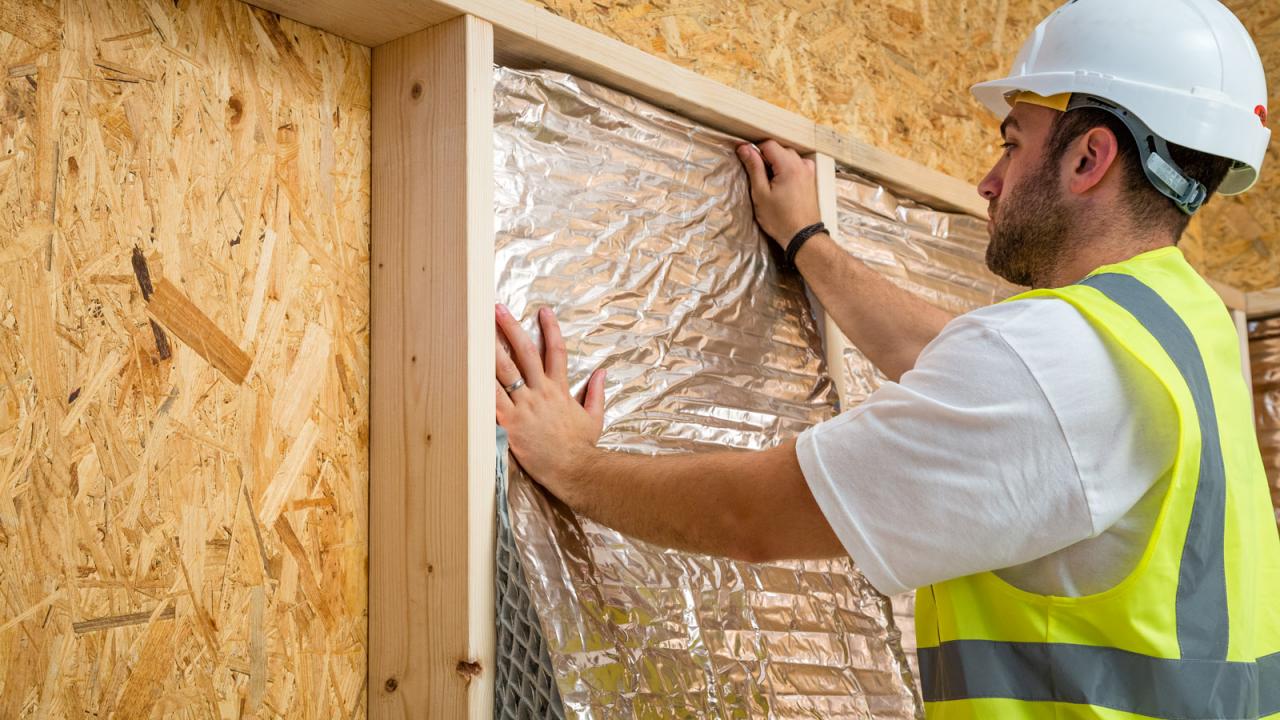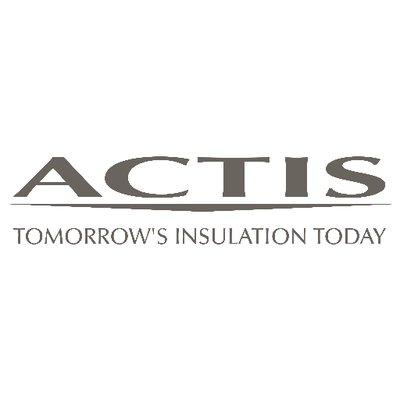

Insulation testing and using the right products can save developers and homeowners thousands
A builder has saved thousands of pounds constructing seven timber frame new builds by using super effective insulation to achieve a 19% - code level 4 - Co2 improvement over the current building regulations instead of costly renewables.
Adam Jones, who runs Custom-Built, is building the detached five bedroom homes in Warminster – and originally planned to install solar PV panels to ensure he achieved the correct SAP rating.
However, building regulation specialists Energist came up with a more cost effective alternative after studies showed that using Actis Hybrid products could generate some of the best Y-values ever achieved.
The original insulation specification meant that as well as achieving a U-value of 0.19 in the walls he would need solar panels in order to pass the SAP assessment and reach level 4 in the Code for Sustainable Homes for the energy category Ene 01.
But using the results of an in-depth thermal modelling trial carried out by BM TRADA, Energist showed that using Actis Hybrid would enable him to achieve the required rating with waste water heat recovery, but without the addition of solar panels.
The advice was based on a combination of a BM TRADA thermal modelling trial carried out in 2016 on the Actis Hybrid products and the results of a follow up SAP exercise which showed they have a dramatic impact on counteracting thermal bridging and act as excellent thermal blankets.
Interestingly, the test showed that using the actual psi values calculated by BM TRADA created a far more thermally efficient building overall than using government prescribed default psi values.
Adam used 3,420 sq m of insulating breather membrane Boost ‘R Hybrid and 105mm honeycomb style insulation Hybris in the walls and 1,143 sq m of insulating vapour control layer HControl Hybrid and 170mm Hybris in the roofs.
Adam explained: “It makes financial sense to ensure the fabric of the building is efficiently insulated before starting to add elements like renewables. After all, there’s no point generating heat if it’s going to vanish out through the walls.
“I was amazed at just how thermally effective the Actis products are. I’ve always used traditional insulation in the past, believing this to be the best option. But the fact that the Actis products are flexible and can be wrapped around odd shapes and squashed into gaps means the whole building is pretty airtight – there are no odd nooks and crannies from which heat can escape.”
The BM TRADA thermal assessment involved measuring and collating psi values for 16 model junctions insulated with vapour control layer H Control Hybrid and breather membrane Boost R Hybrid.
The test showed that using the actual psi values calculated by BM TRADA created a far more thermally efficient building overall than when the assessors used the government prescribed default psi values.
For example, the default psi value for the eaves to warm roof junction is 0.08 but the model junction modelled by BM TRADA using all three Hybrid products is 0.045.
In another example, using default psi measurements with a 140mm stud wall with a U-value of 0.19 failed the SAP test and required the addition of a wood-burning stove and solar thermal to counteract the effect of thermal losses through the fabric. In contrast, using vapour control layer H Control Hybrid on the construction build-ups necessitated only a 90 mm stud wall with a U-value of 0.23 to pass the SAP test.

